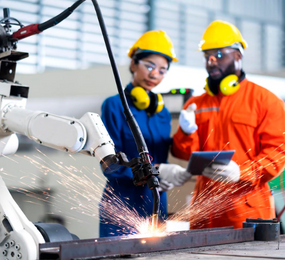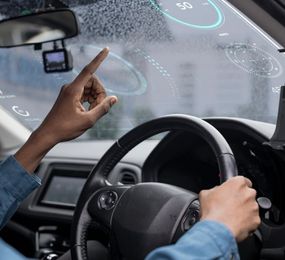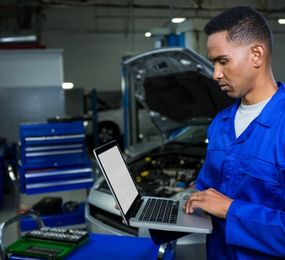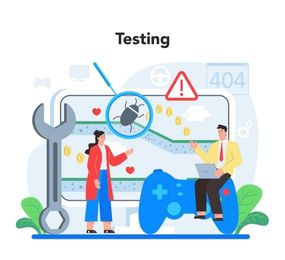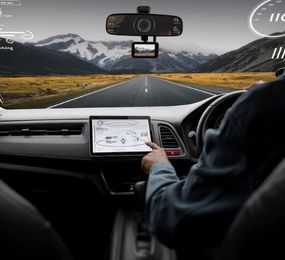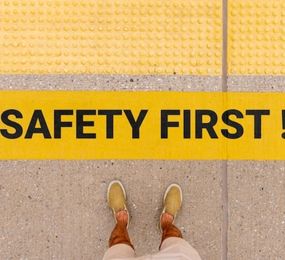Rapid technological advancements mark the development of autonomous vehicles (AVs), but ensuring their safety remains a paramount concern. Rigorous testing and validation are essential to verify the reliability and performance of AV safety systems. This article delves into the critical role of testing in building public trust in self-driving cars.
The Importance of Comprehensive Testing
Thorough testing is the cornerstone of developing safe autonomous vehicles. It involves subjecting AV systems to a wide range of conditions and scenarios to identify potential vulnerabilities and weaknesses. Key areas of focus include:
-
Sensor Validation: Testing the accuracy and reliability of sensors like cameras, lidar, and radar under various weather conditions, lighting, and environmental factors.
-
Perception System Validation: Verifying the ability of the AV to accurately interpret and understand its surroundings, including object detection, tracking, and classification.
-
Planning and Decision-Making Validation: Assessing the effectiveness of the AV's decision-making algorithms in complex and unpredictable situations.
-
Control System Validation: Testing the precision and responsiveness of steering, braking, and acceleration systems.
-
Human-Machine Interface (HMI) Validation: Evaluating the clarity and effectiveness of communication between the AV and the human driver.
Testing Methodologies
A combination of testing methodologies is crucial for comprehensive validation:
-
Simulation: Creating virtual environments to simulate various driving scenarios, allowing for controlled testing of AV systems in a safe and repeatable manner.
-
Hardware-in-the-Loop (HIL) Testing: Integrating physical components with simulated environments to test the interaction between hardware and software.
-
Software-in-the-Loop (SIL) Testing: Testing software components independently to identify potential issues early in the development process.
-
Real-World Testing: Conducting tests in real-world conditions to evaluate AV performance in diverse environments and traffic situations.
Challenges and Considerations
Testing and validating AV safety systems present unique challenges:
-
Edge Cases: Identifying and testing rare but potentially critical scenarios is essential.
-
Cybersecurity: Ensuring the security of testing environments and protecting sensitive data is crucial.
-
Ethical Considerations: Addressing ethical dilemmas that may arise during testing, such as accidents involving pedestrians or other vehicles.
-
Public Perception: Building public trust through transparent testing and communication of results.
The Future of Testing
As AV technology continues to advance, so too will testing methodologies. Emerging technologies like artificial intelligence and machine learning can be leveraged to enhance testing efficiency and effectiveness. Additionally, the development of standardized testing frameworks will facilitate collaboration and knowledge sharing within the industry.
By prioritizing rigorous testing and validation, the automotive industry can build public confidence in autonomous vehicles and pave the way for a safer future of transportation.
Register today to secure your spot, please check here: https://bit.ly/3zH7AKk
For more information and group participation, contact us: [email protected]


